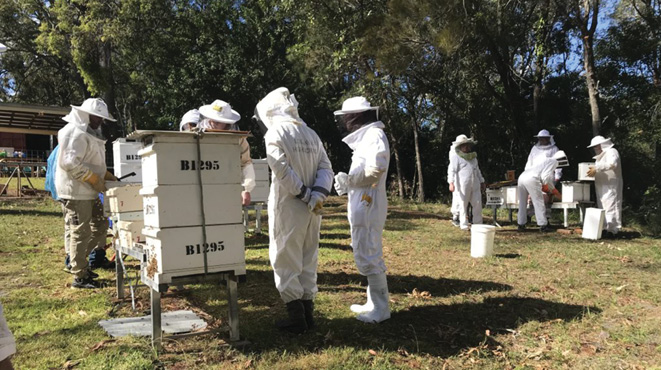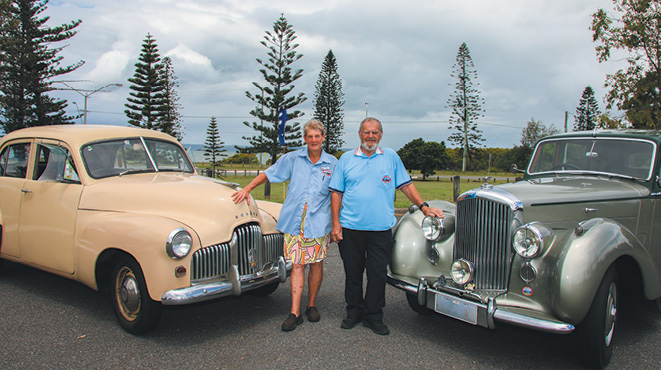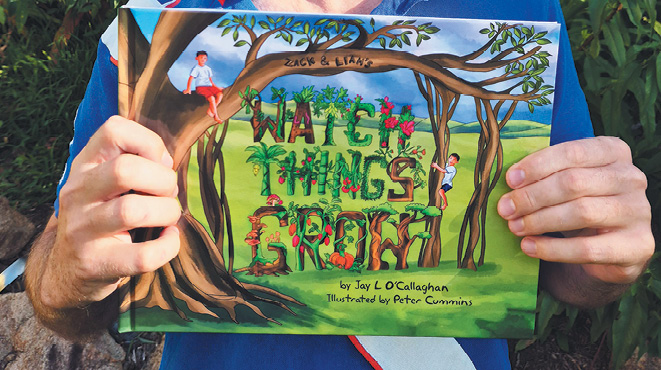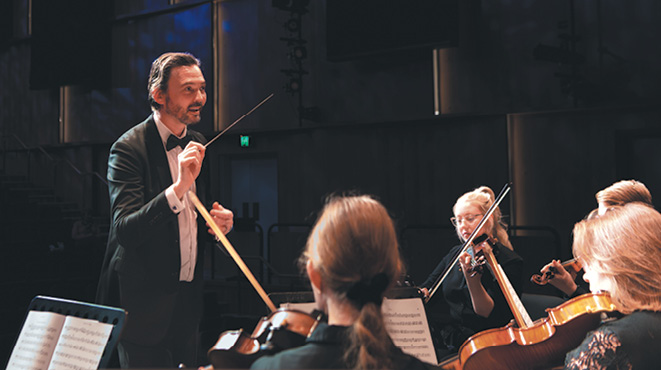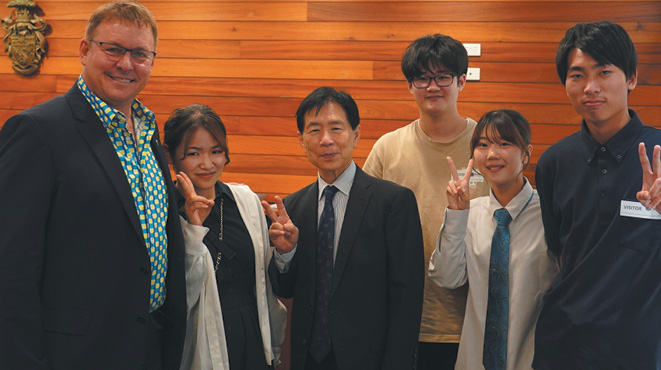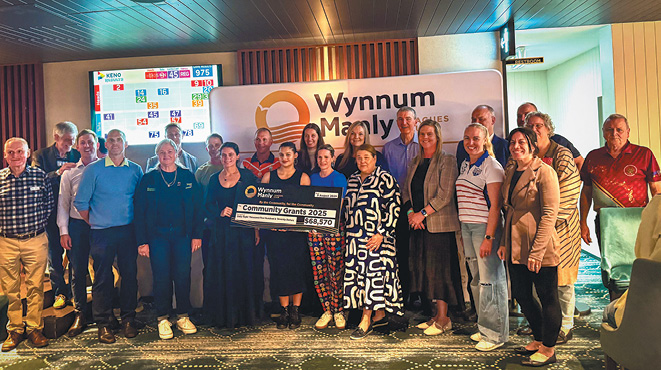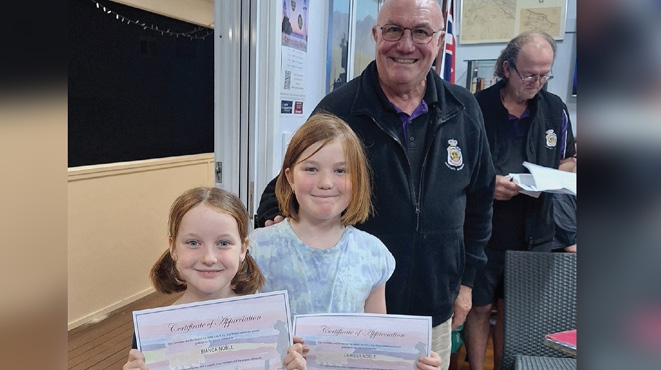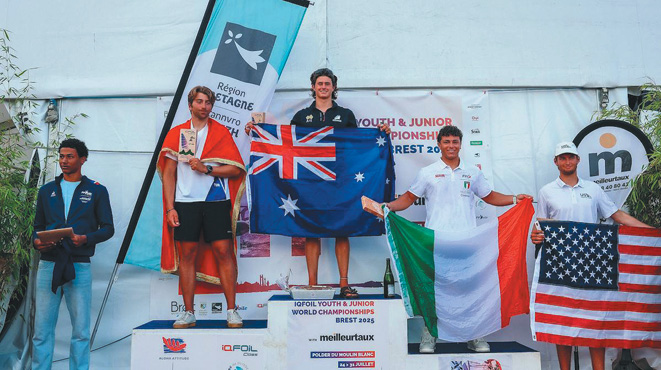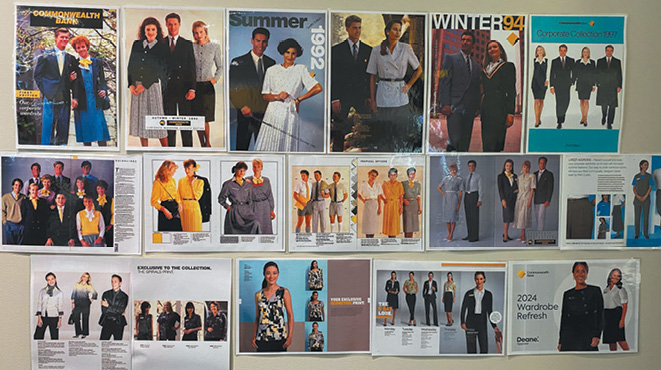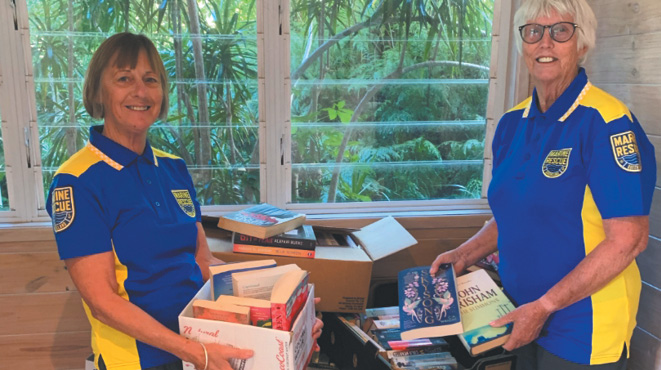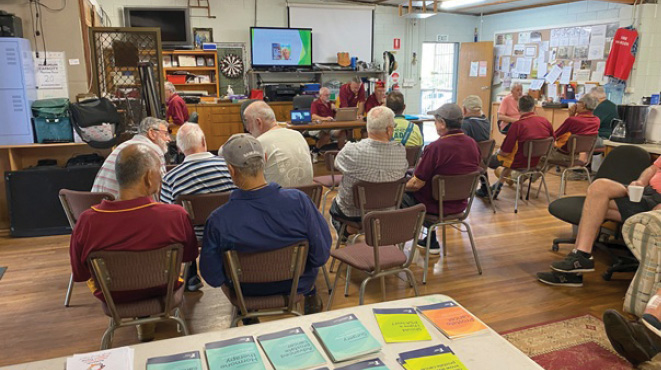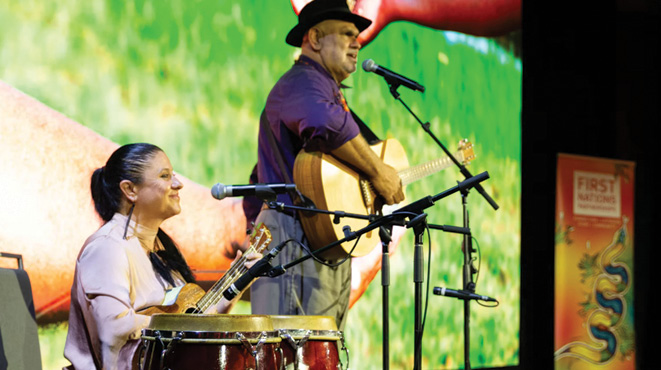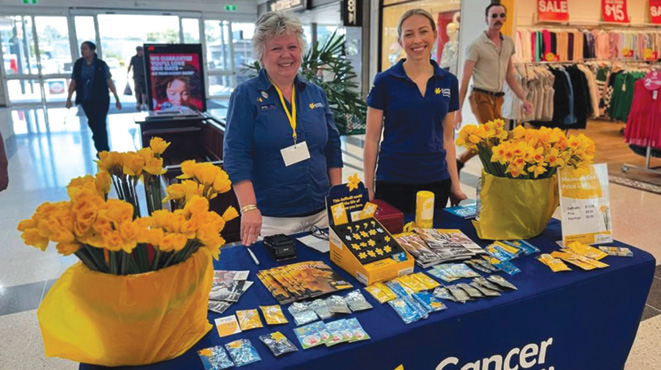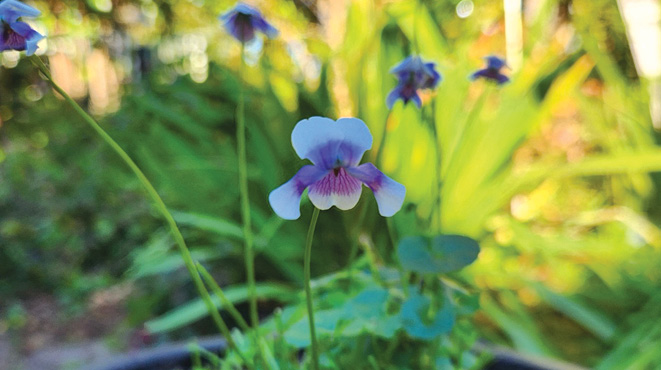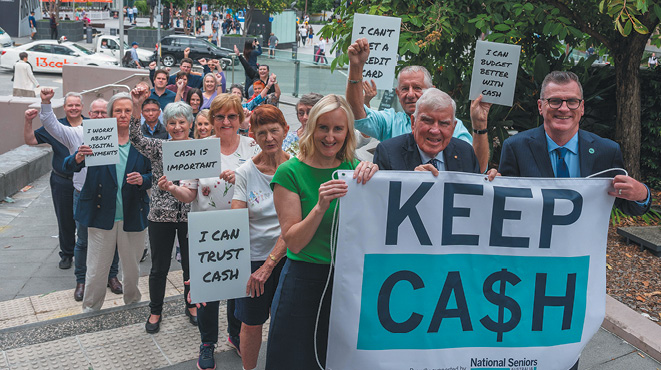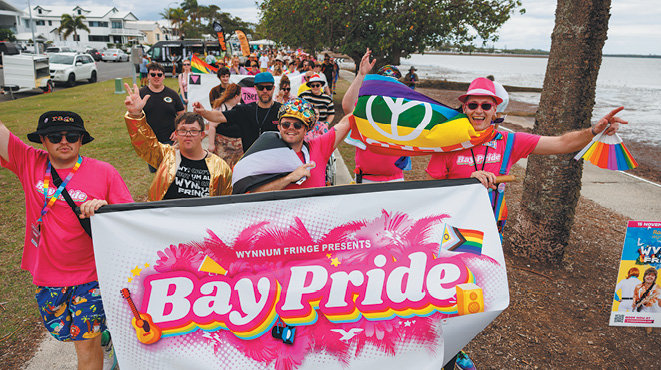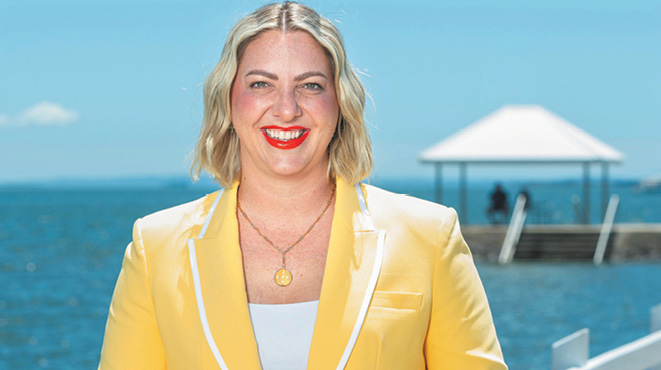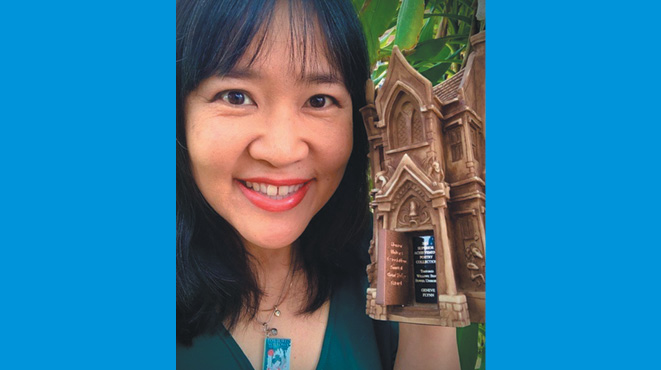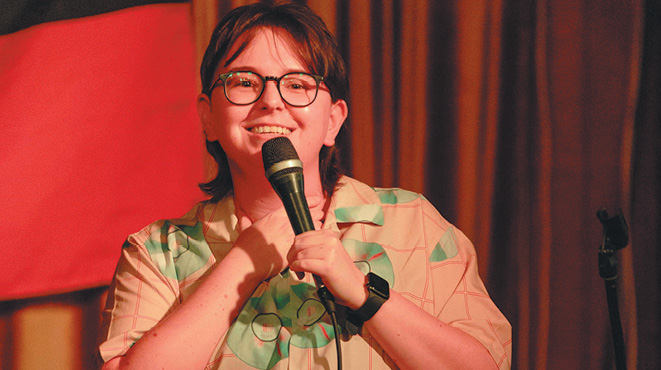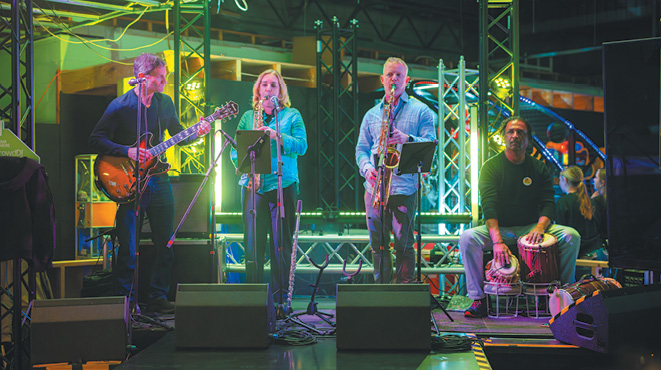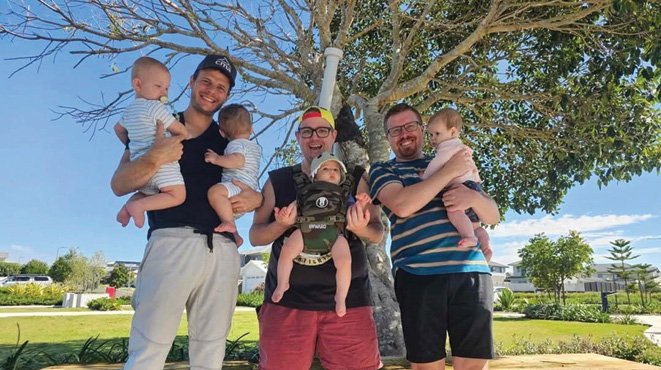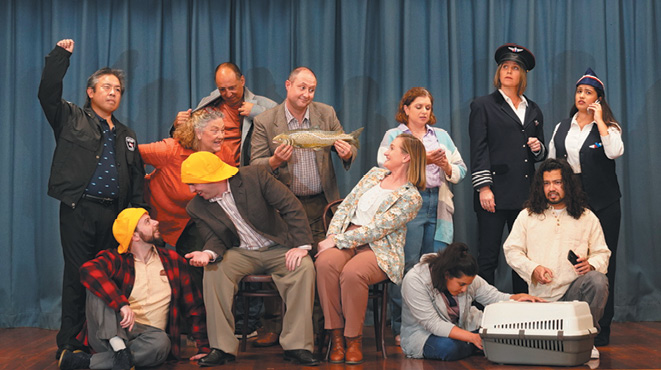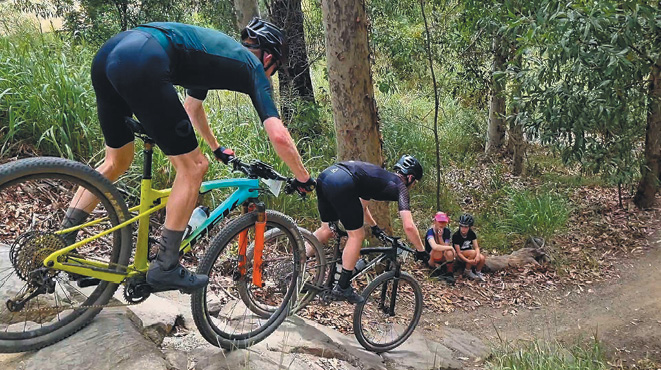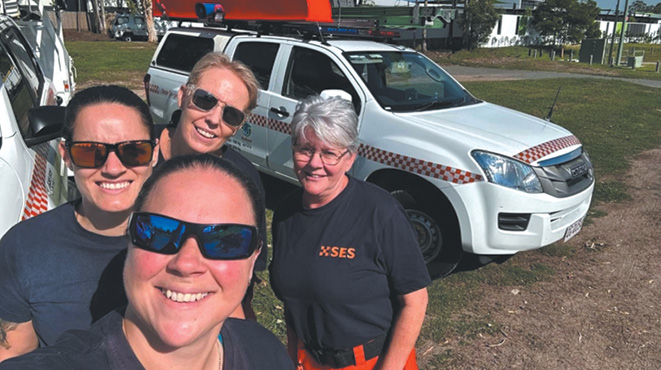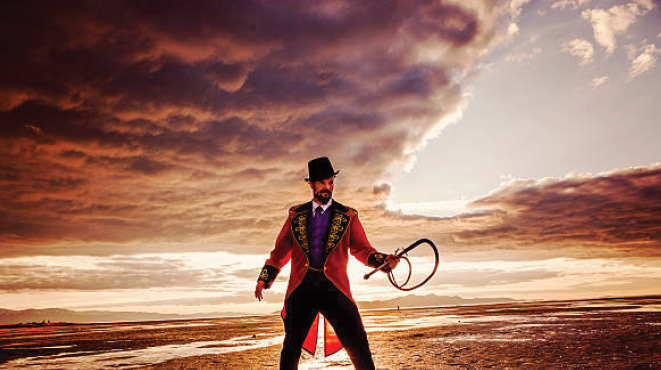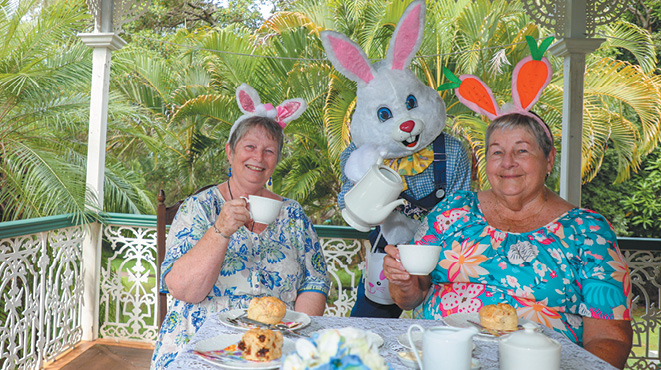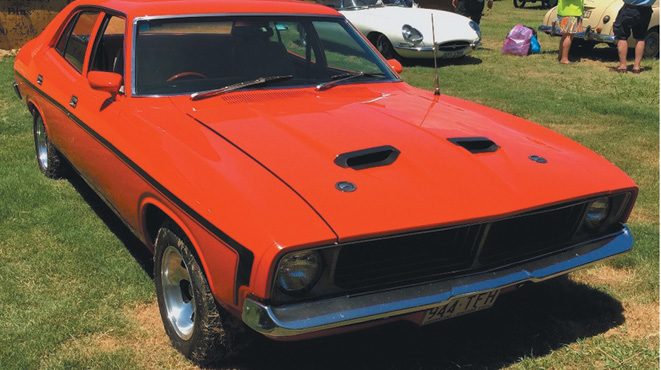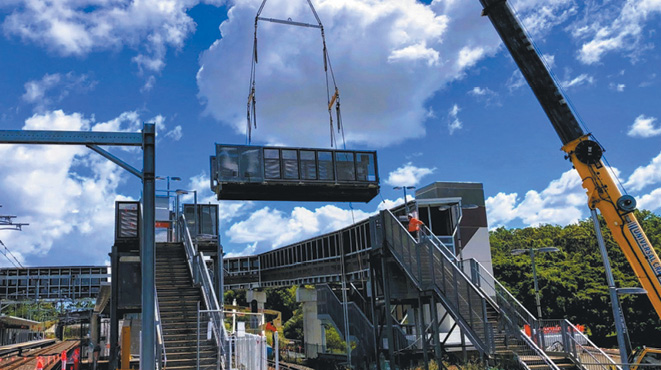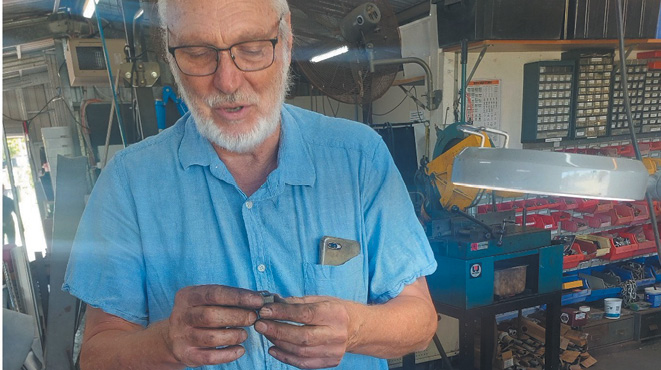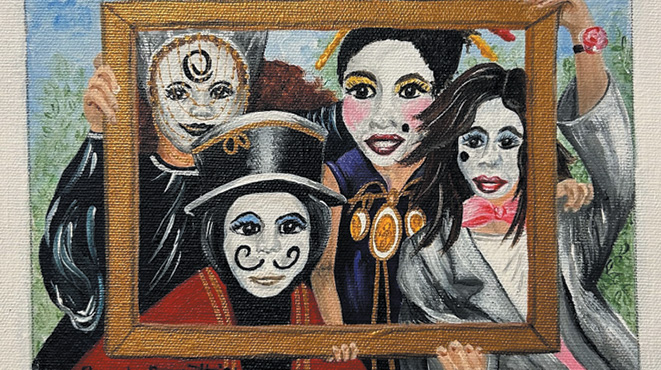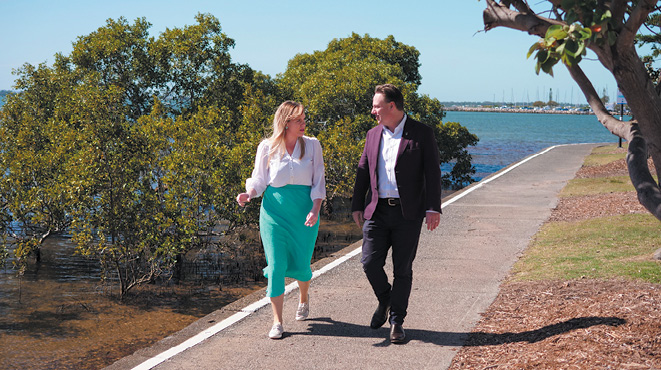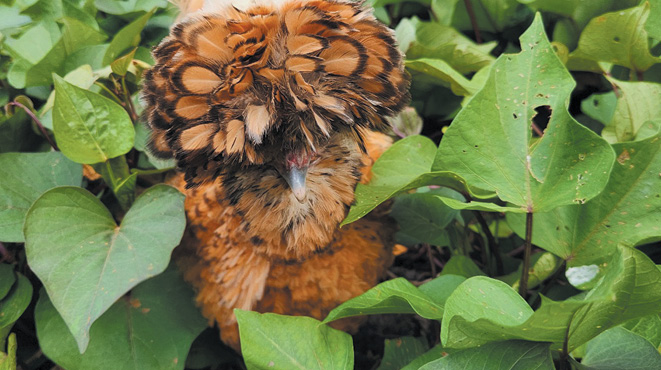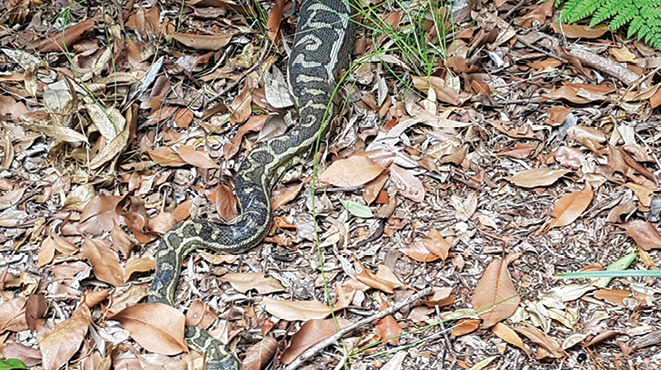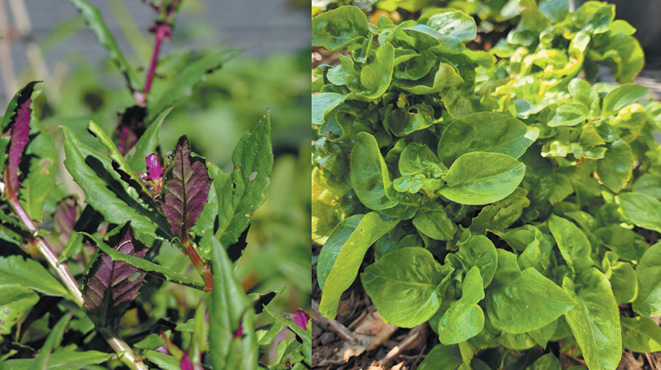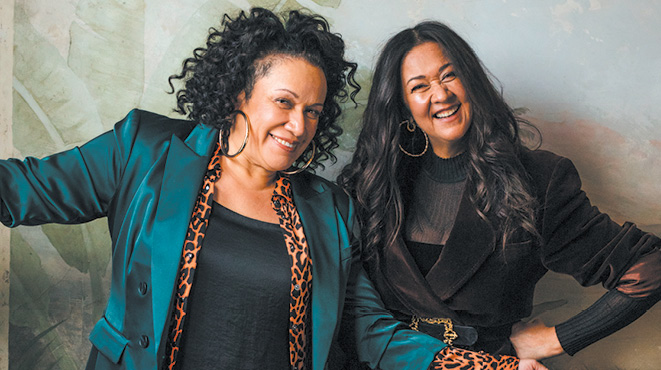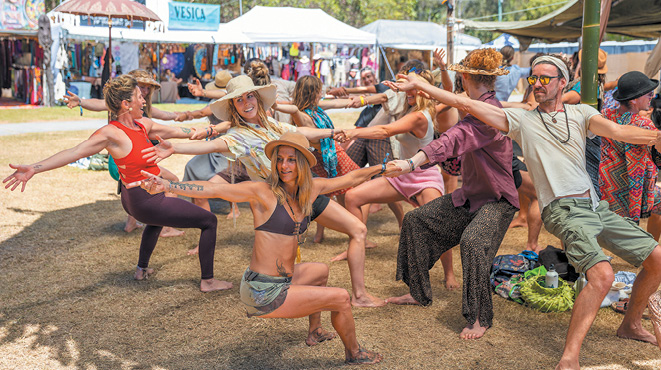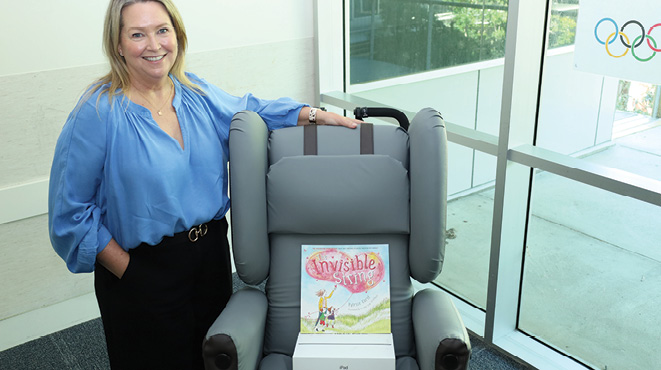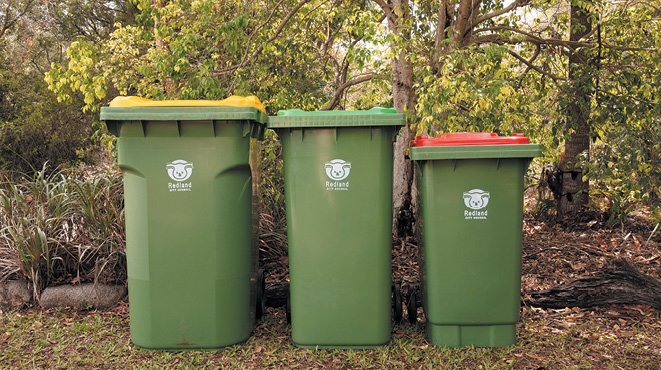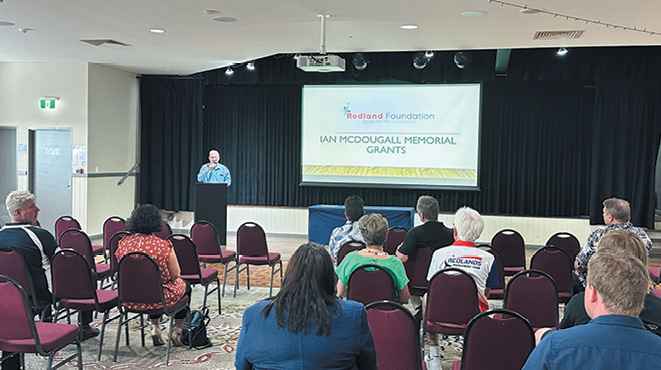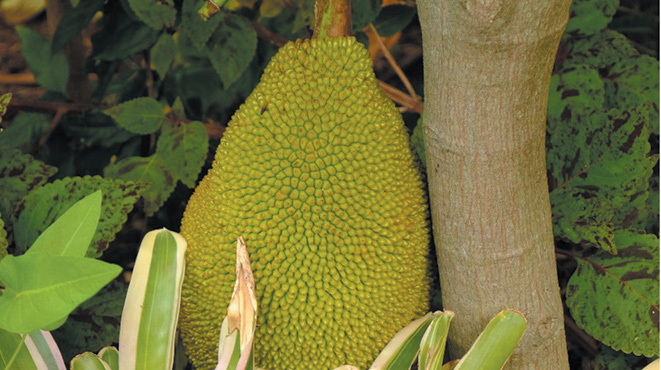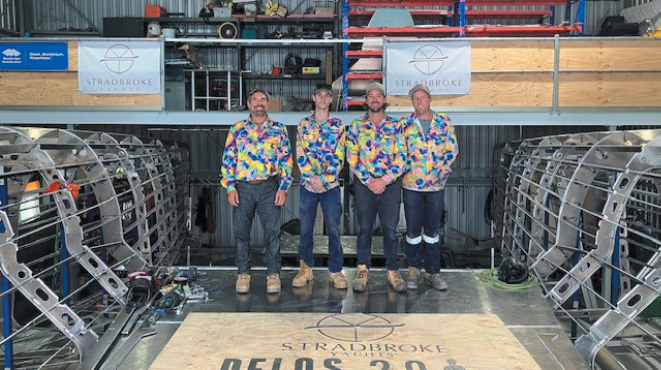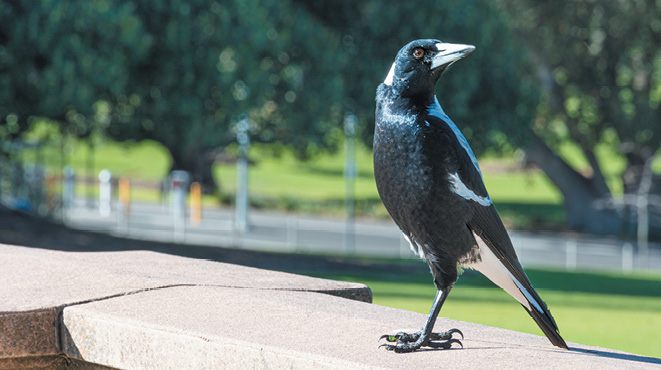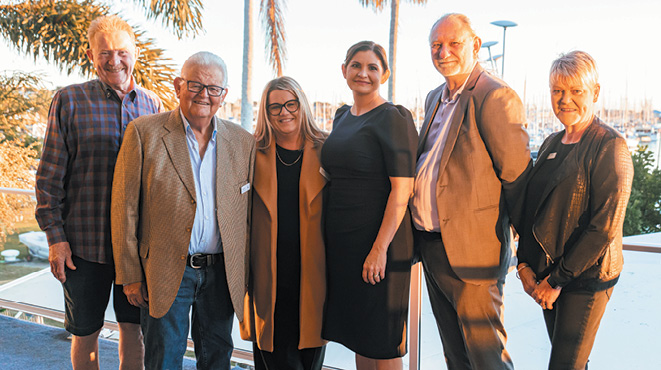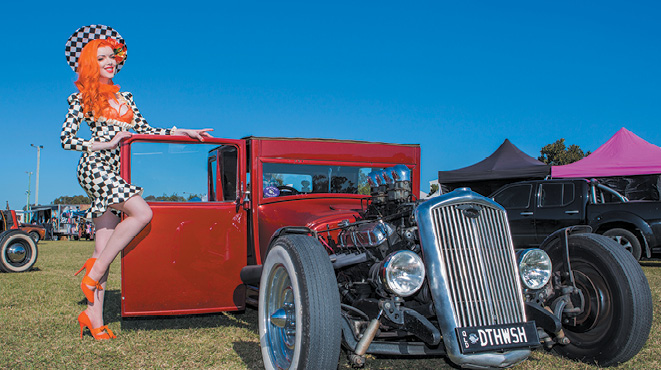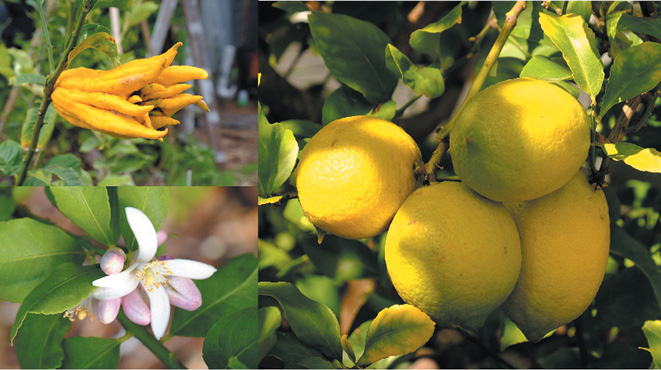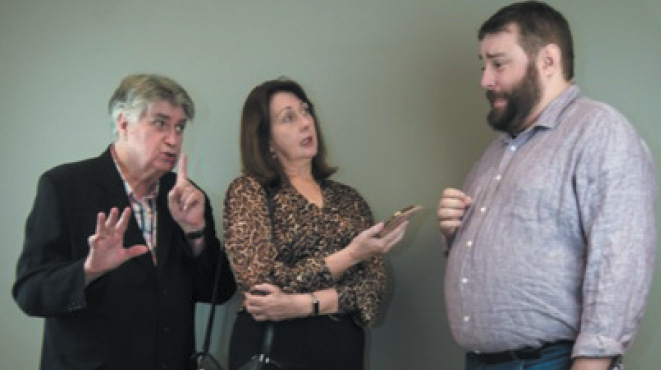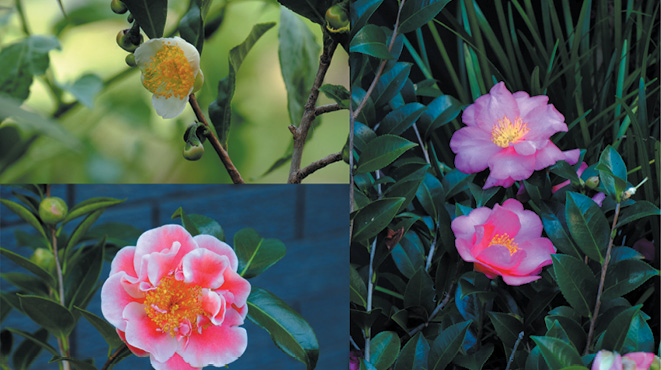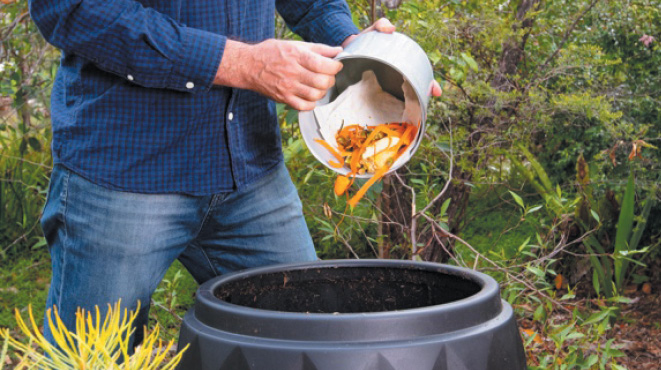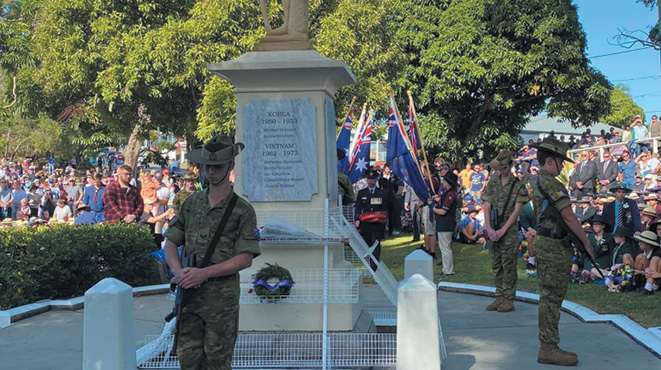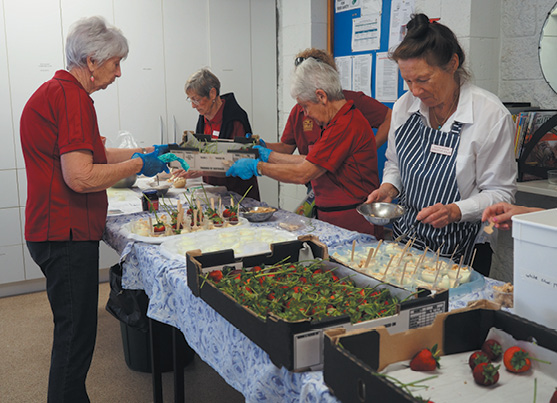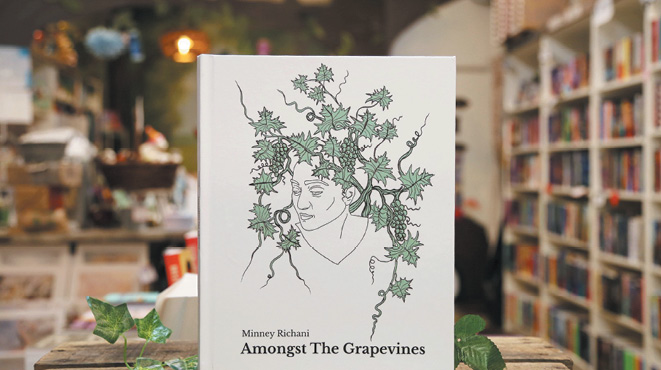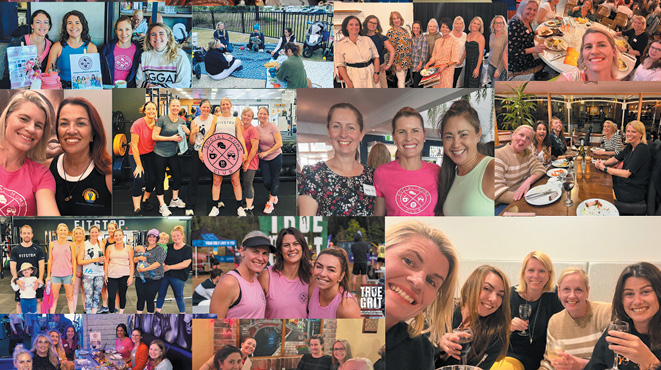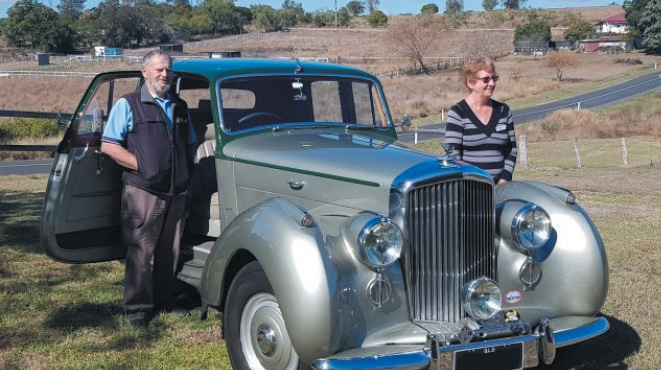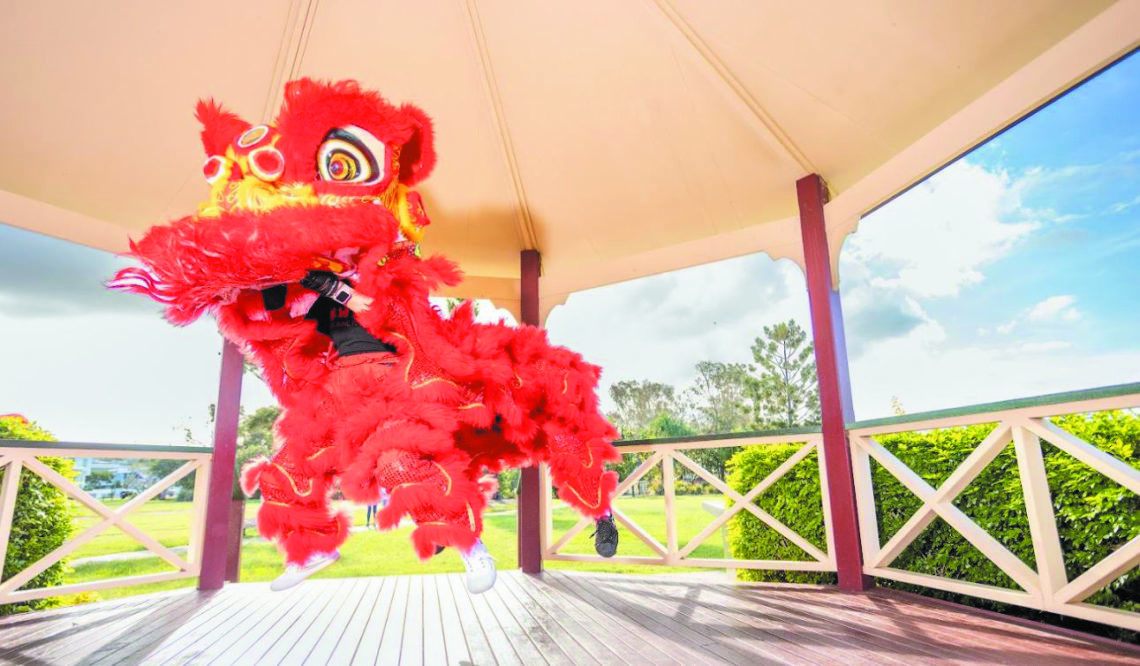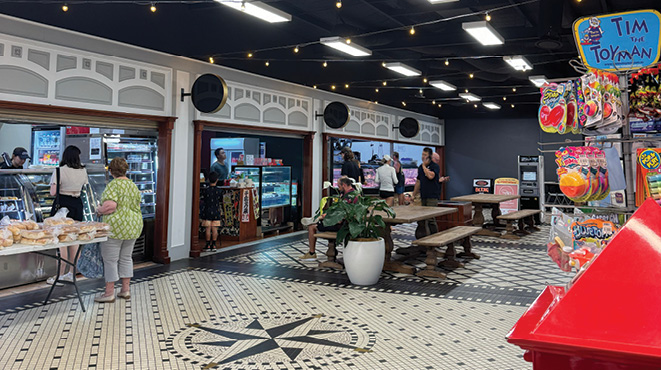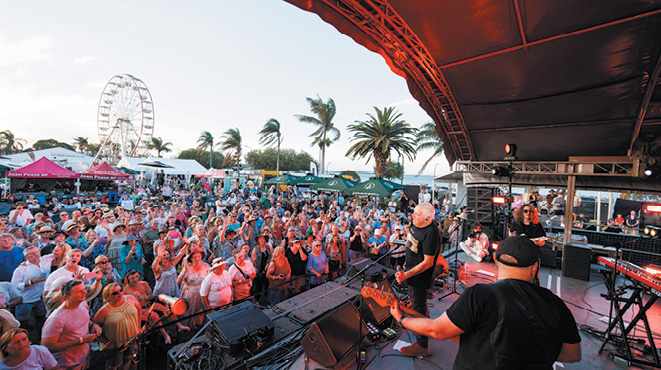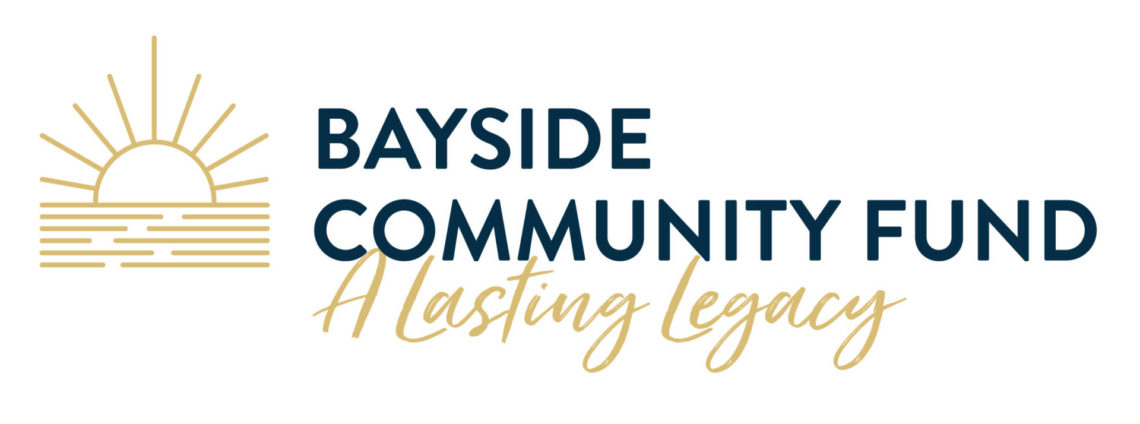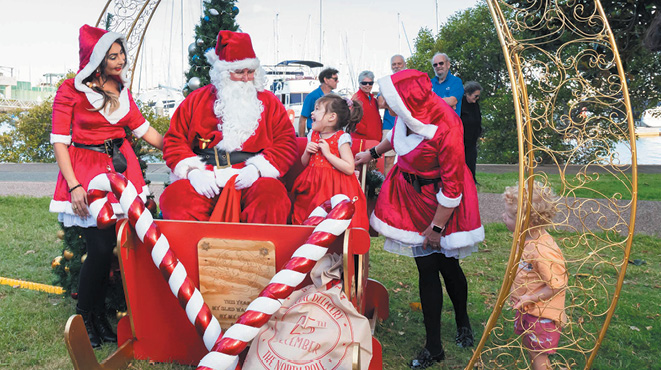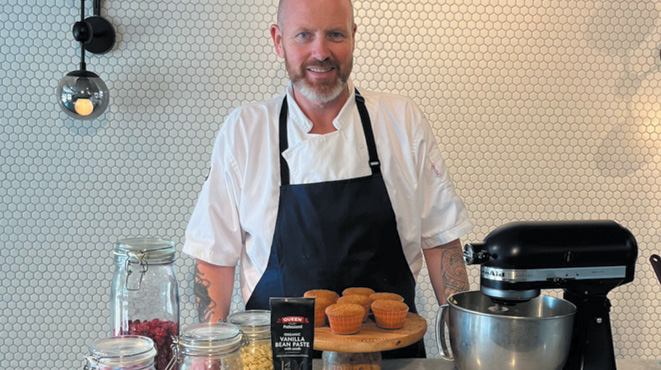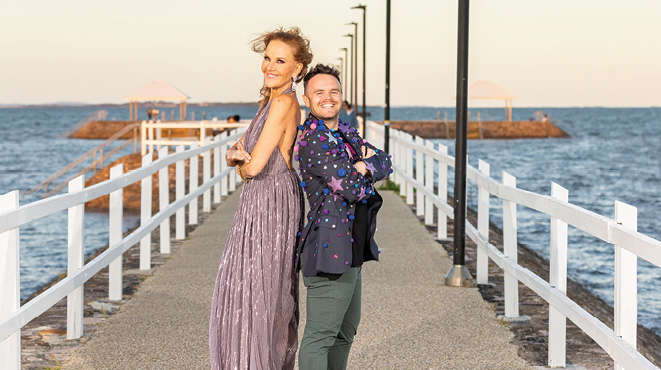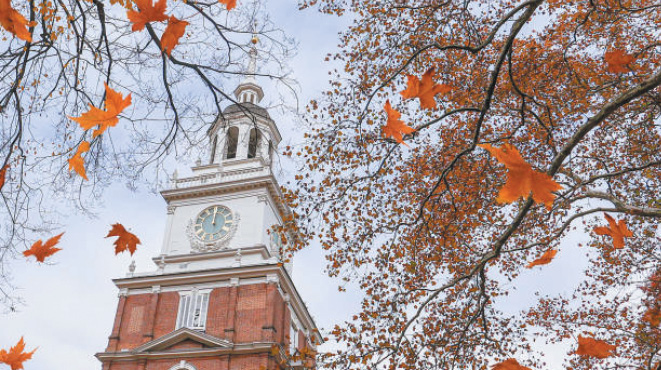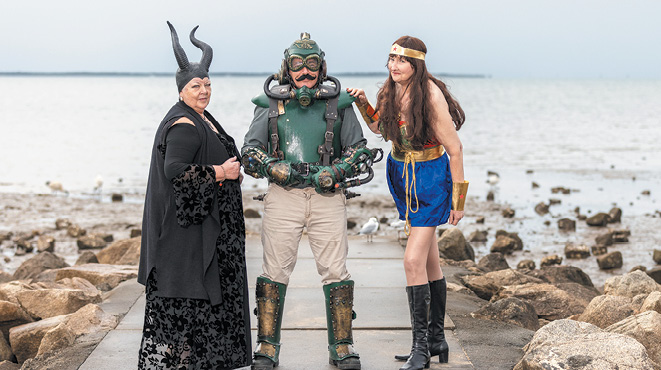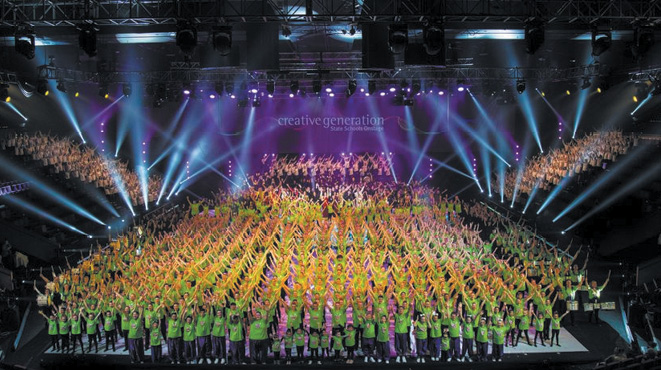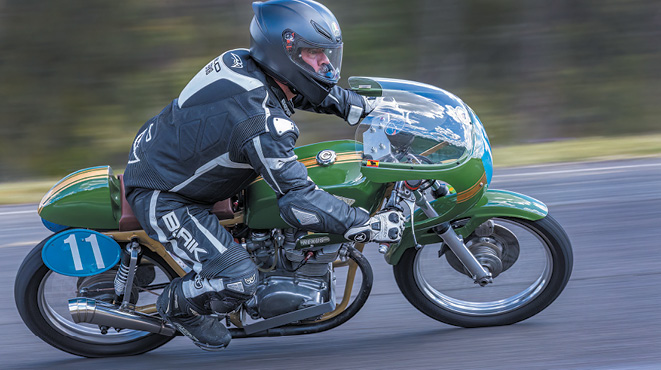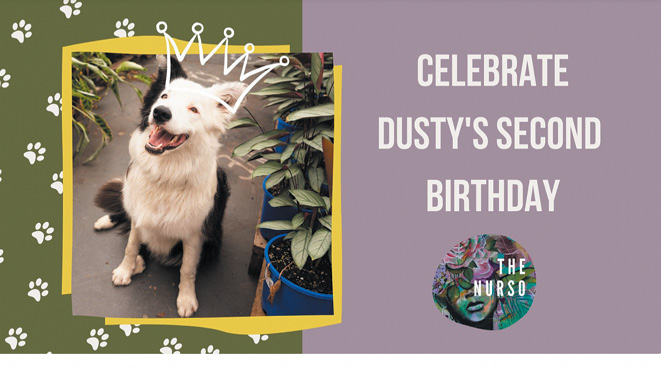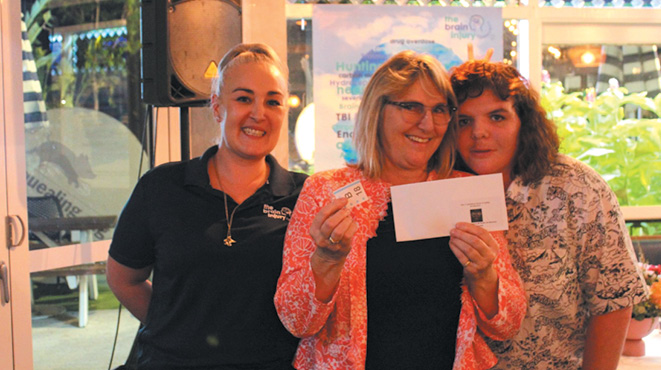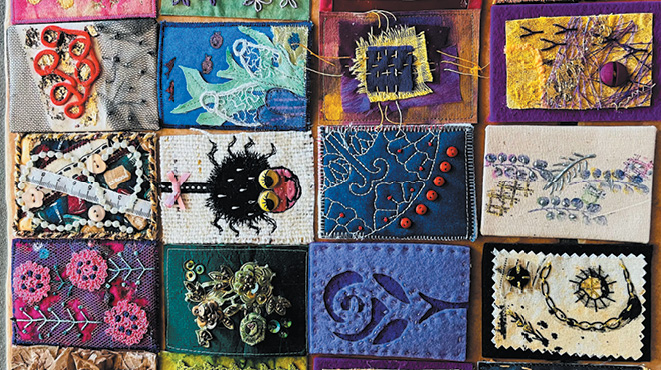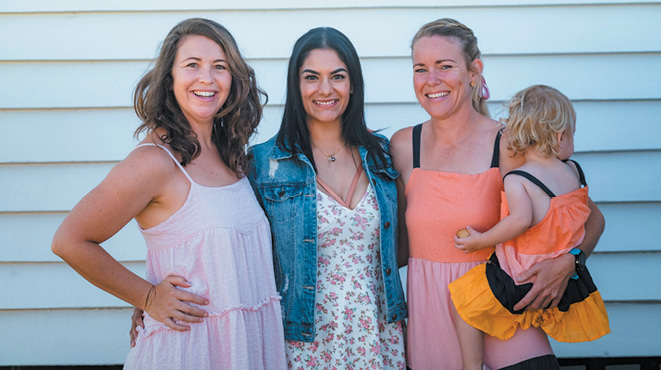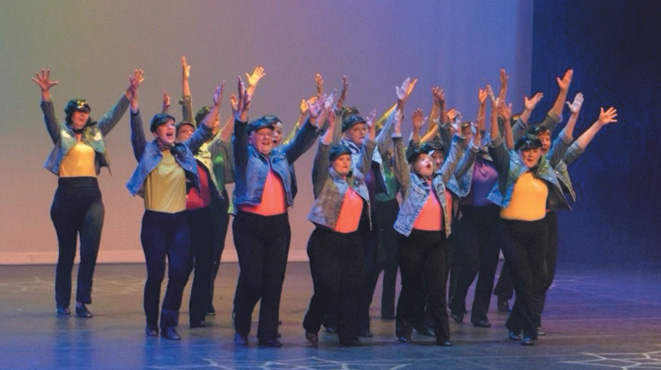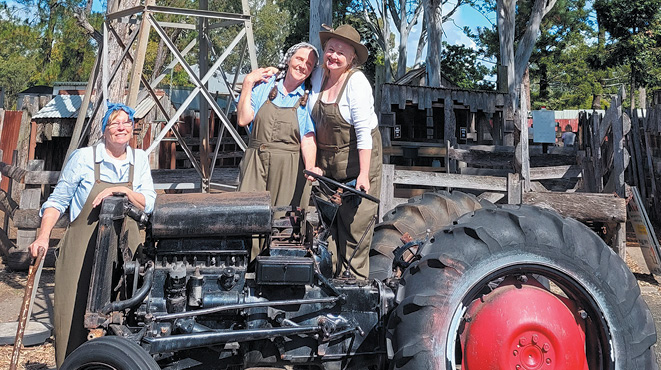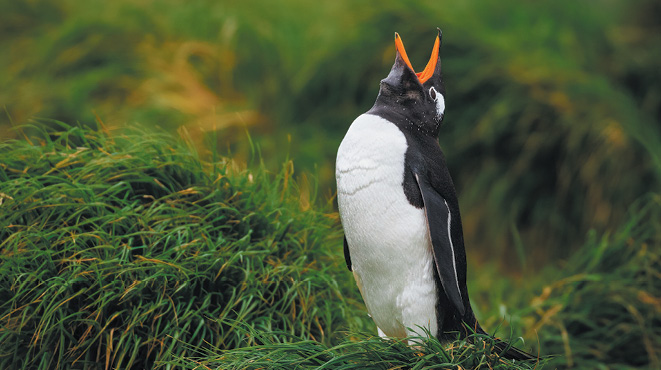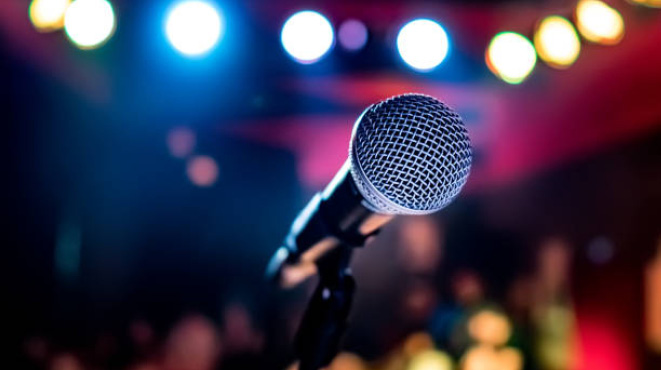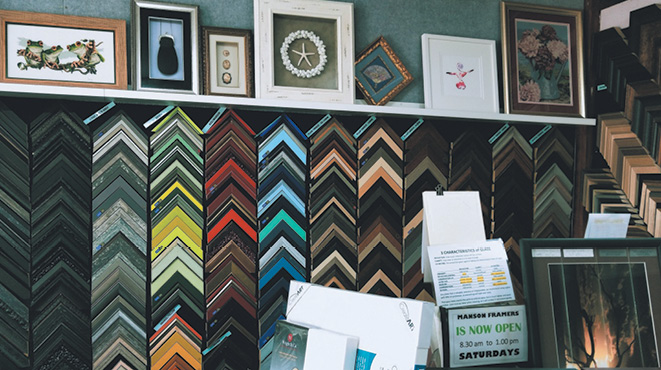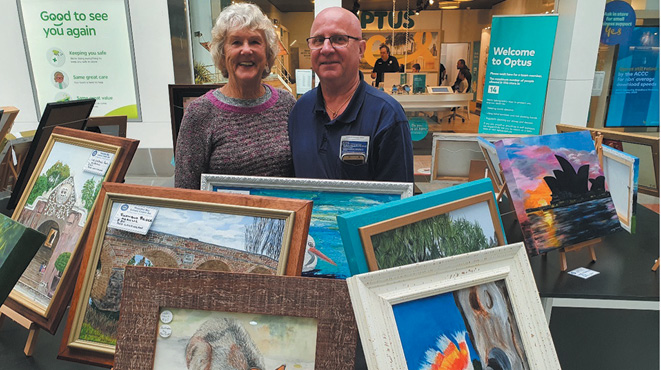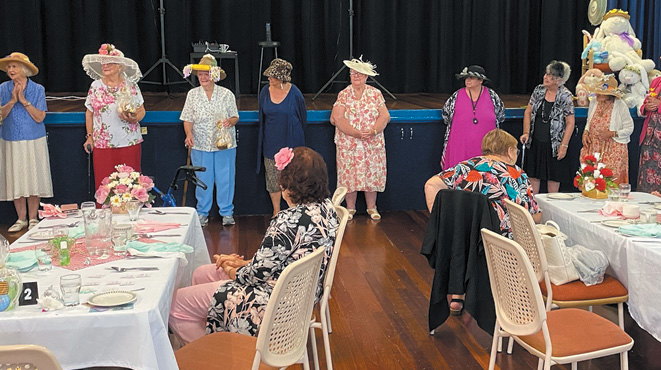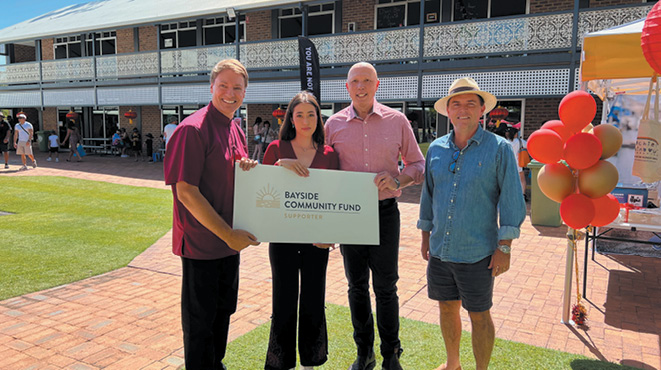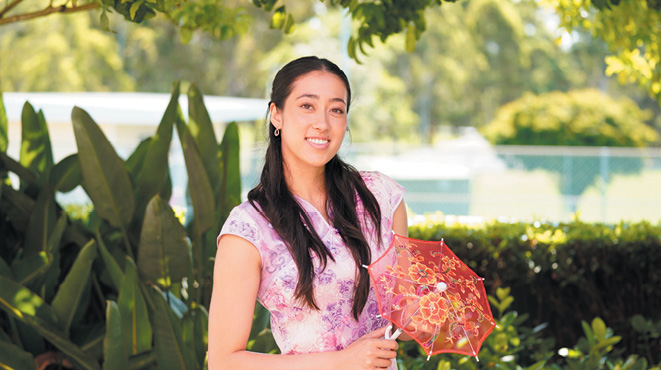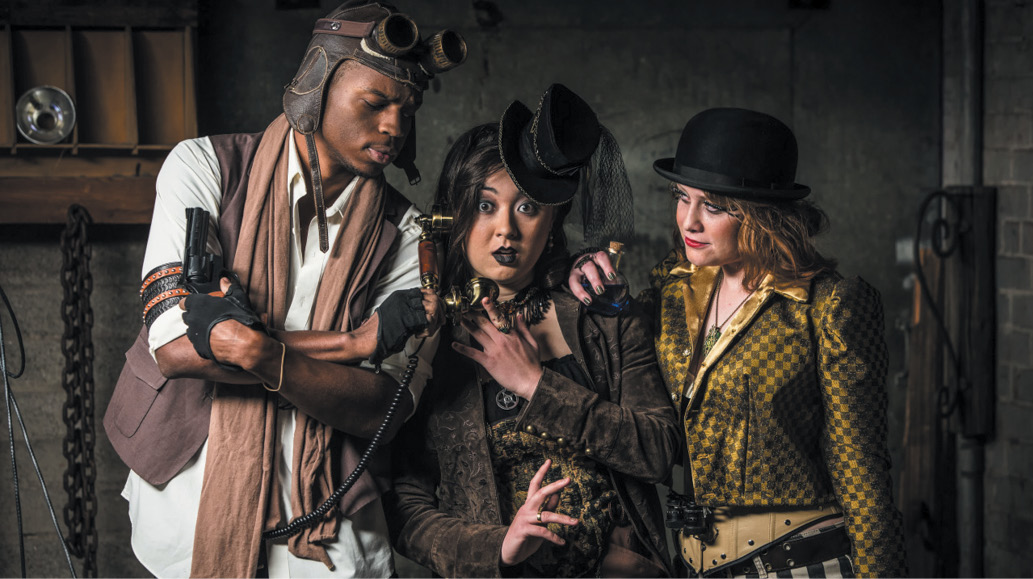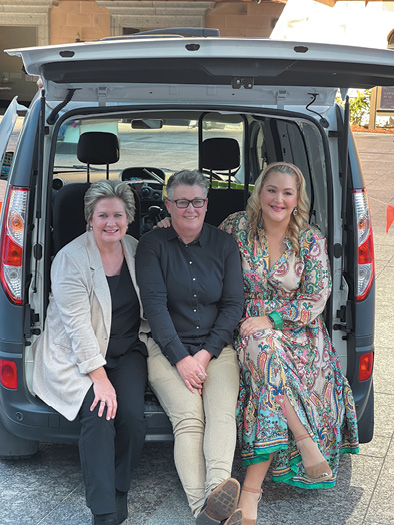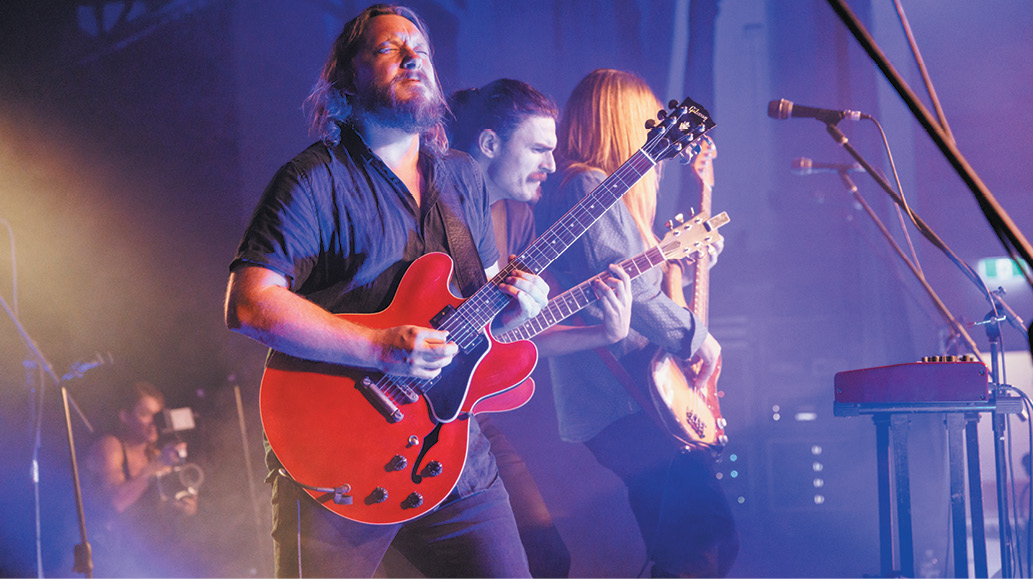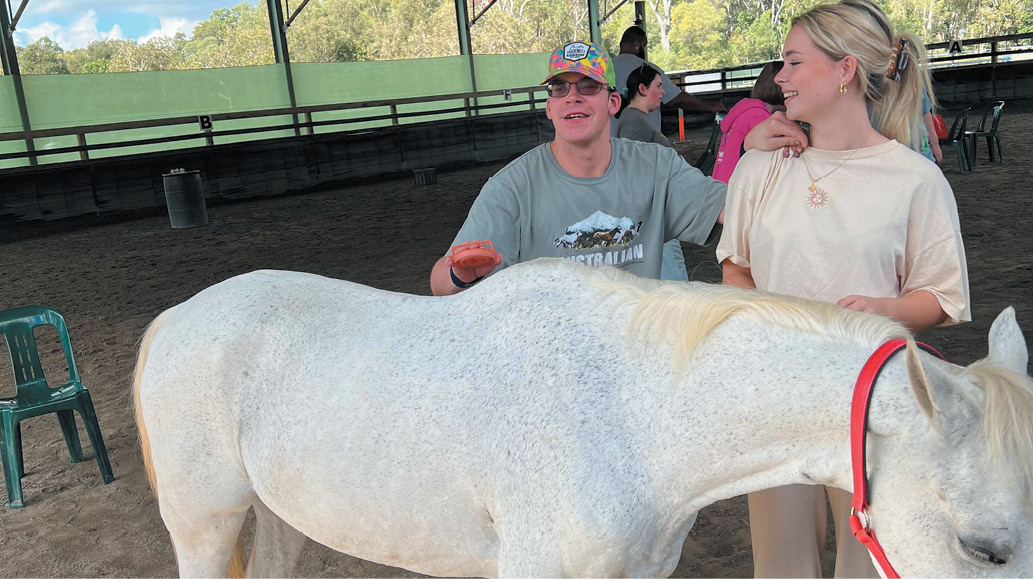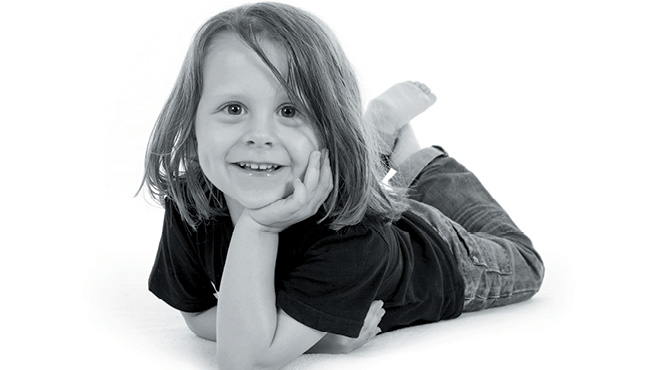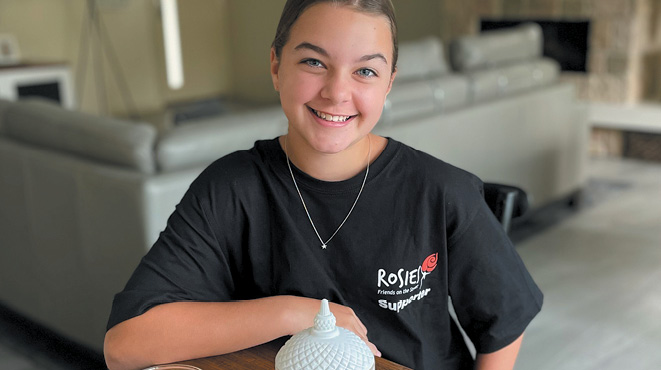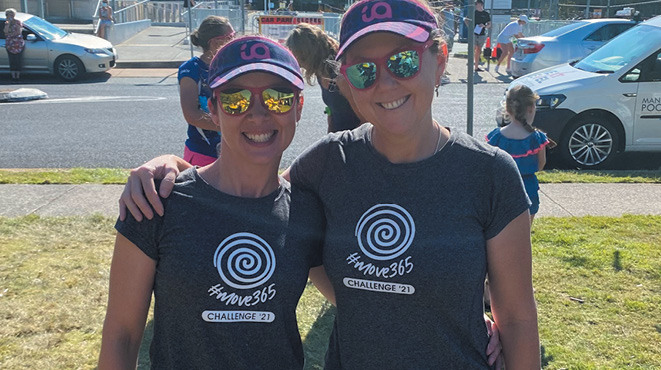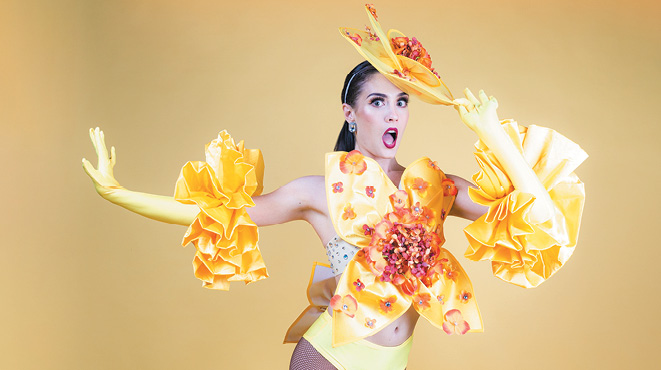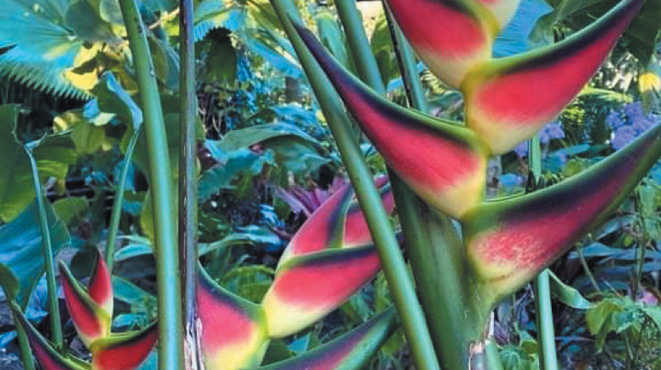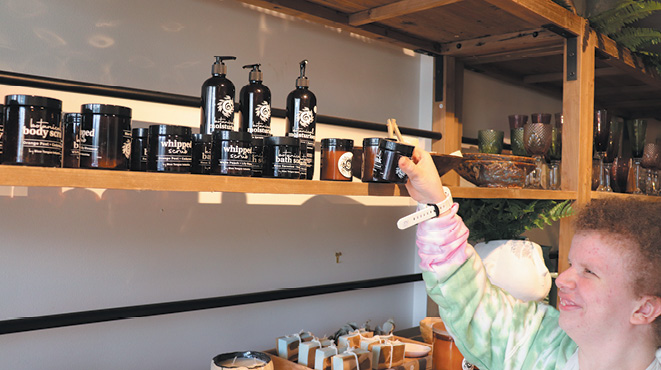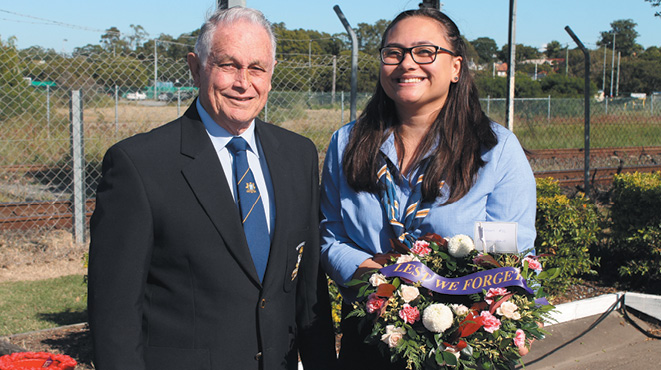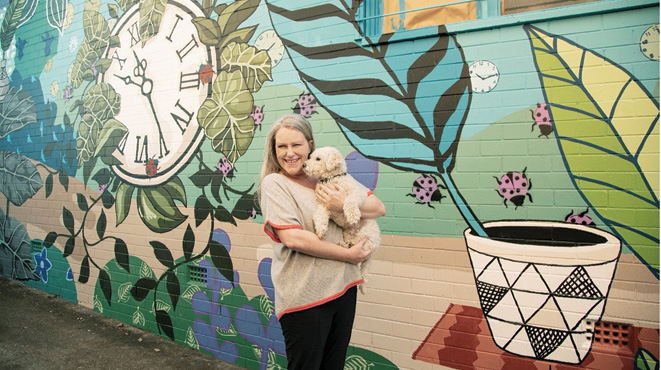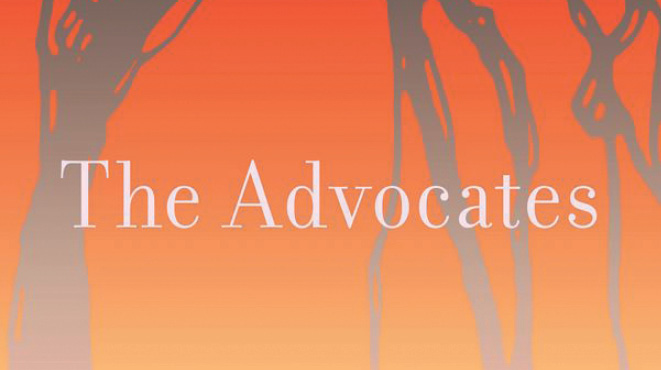Michael Cavanagh, Bayside Beekeepers. Photo: Supplied.
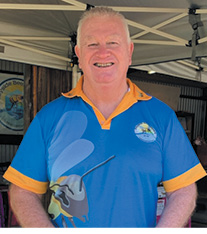 Bees have always had a special significance for people. In ancient Egypt they were believed to be the tears of the sun god Ra, and honey, a major domestic and export product, was used as a sweetener and a medicine, while beeswax was used as an ingredient in cosmetics, embalming preparations and paints. In Greece the nymph Melissa was credited with teaching humans to use honey and the art of prophecy. For the Celts, bees were messengers between our world and the world of spirits.
Bees have always had a special significance for people. In ancient Egypt they were believed to be the tears of the sun god Ra, and honey, a major domestic and export product, was used as a sweetener and a medicine, while beeswax was used as an ingredient in cosmetics, embalming preparations and paints. In Greece the nymph Melissa was credited with teaching humans to use honey and the art of prophecy. For the Celts, bees were messengers between our world and the world of spirits.
The respectful partnership still continues. Members of the Bayside Beekeepers Association are helping keep alive the tradition of nurturing bees and gathering their produce. Association President Michael Cavanagh says that beekeeping attracts a variety of people – for a variety of reasons.
“Our beekeepers come from all walks of life,” he says; “Engineers, teachers, tradespeople, academics, scientists – and they all have their own reason for being involved. Frequently, it’s keeping up a long family tradition; many beekeepers have been brought up with bees and they usually have a very practical, hands-on approach and tend to stick with the traditional methods and tools.
“Then there are folk who are looking for a hobby – maybe they’re approaching retirement – who just fall into beekeeping. They often fluff around the edges for a while, get an idea of it, then take the plunge.
“Environmentalists of all ages come to beekeeping, though you do get a lot of younger folk. They’re people who want to make a difference to the world’s welfare and see nurturing bees as a way to help.
“Then there are those who see beekeeping as a good money-making proposition. Their hive numbers tend to grow exponentially over the years as they get the feel for the various markets; honey, beeswax, bees and hives and queen bees.”
Michael says that raising queen bees is a real specialty and the best queens are frequently sourced from DNA-savvy raisers rather than swarms. “Queens have to be replaced about every two years and the breeders strive for bees that are placid, productive and clean.”
(So essentially, a good queen is easy-going and non-aggressive, a good mother and a good housekeeper. Hmmm.)
Opinions on the best flowering plants to offer bees are as varied as the reasons for taking up beekeeping.
“Traditionalists will advise planting tree species that bees used before we chopped them down,” Michael says; “trees like acacias and eucalypts, blue, grey and flooded gums. Others will argue for trees and shrubs that look attractive in suburban gardens, like leptospermums and grevillea. Still others say self-sufficient market garden plantings are the best; flowering plants like lettuce, cabbage, cauliflower and various herbs. The essential bottom line is that the plant produces a flower with a nectar source that the bee’s proboscis can reach.”
While the attractions of beekeeping are many, there are other considerations. Setting up as an apiarist costs roughly $1,000 for hives, frames, safety equipment, bee suit, smokers, and the rest and going into serious honey production will add a further $1,000 to the bill. Boxes need to be replaced every five to seven years and frames every two to three years.
The Bayside Beekeepers Association has regular Field Days at the Redlands Research Facility in Delancy Street, Cleveland, where the non-cognoscenti can be initiated into the mysteries and marvels of working with bees. The next Field Day will be held on January 14 from 8:00am to 12:00pm; for more information check out their Facebook page or their website at https://baysidebeekeepers.org.au/.
Get with the bees; it’ll be a buzz.

